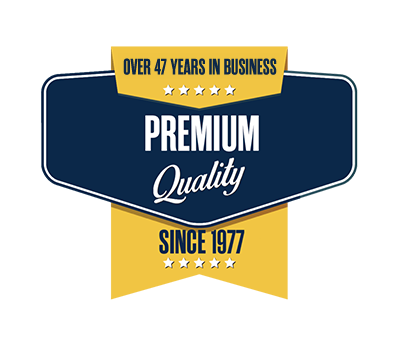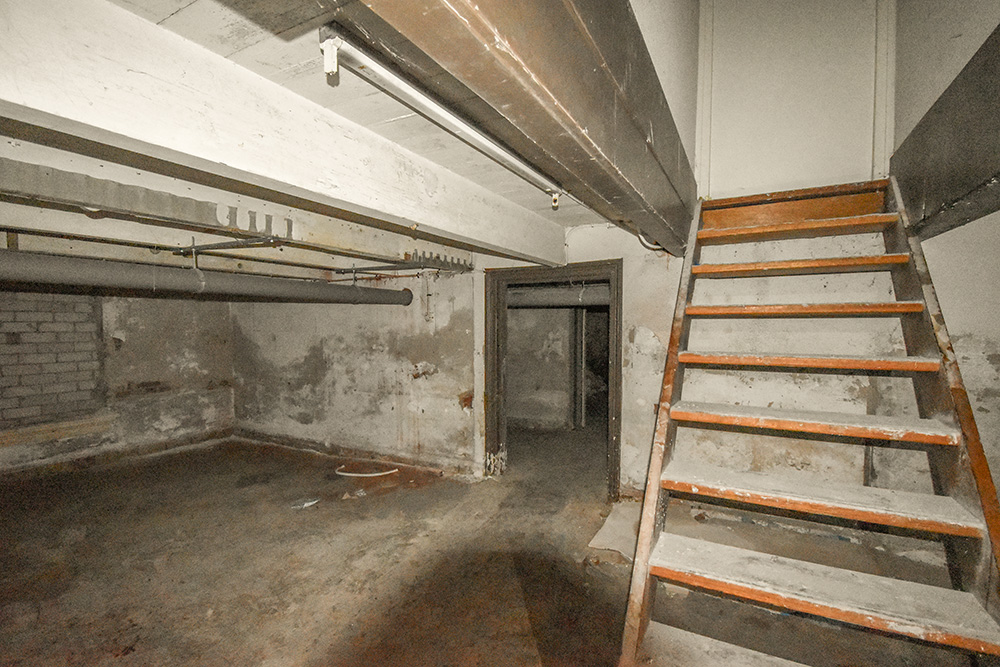What are the signs of mold in a home or building?
Common signs of mold include:
- A musty or damp odor.
- Visible mold growth on walls, ceilings, or other surfaces.
- Discoloration or stains, often black, green, or white.
- Persistent water damage or wet spots.
- Increased allergy or respiratory symptoms among occupants (e.g., sneezing, coughing, or itchy eyes).
How does mold remediation work?
The mold remediation process involves several key steps:
- Inspection and testing to identify the extent and type of mold.
- Containment of the affected areas to prevent mold spread.
- Removal of mold using specialized equipment and EPA-approved cleaning products.
- Addressing the source of moisture to prevent future growth.
- Post-remediation air quality testing to ensure safety.
Is mold dangerous to health?
Yes, mold can pose health risks, especially to individuals with allergies, asthma, or weakened immune systems. Prolonged exposure to mold can result in symptoms like respiratory irritation, sinus congestion, skin rashes, and more severe issues in extreme cases.
How long does the mold removal process take?
The duration depends on the severity of the mold infestation and the size of the affected area. Smaller projects may be completed within 1-2 days, while larger remediation efforts can take several days to a week or more.
What measures can homeowners take to prevent mold growth?
- Fix leaks promptly, whether from the roof, plumbing, or windows.
- Ensure proper ventilation in areas prone to moisture, like bathrooms and kitchens.
- Use dehumidifiers in damp environments to maintain indoor humidity levels below 60%.
- Regularly inspect areas like basements, crawlspaces, and attics.
- Clean and dry any surfaces exposed to water within 24-48 hours.
Are there different types of mold, and do they differ in terms of remediation?
Yes, there are various mold types, including black mold, white mold, and green mold. The remediation process may differ depending on the type and severity. However, the primary steps—inspection, containment, removal, and prevention—remain consistent.
Is mold remediation covered by insurance?
Coverage depends on your specific insurance policy. Typically, mold resulting from sudden, covered incidents (like water damage from a pipe burst) may be covered. However, mold caused by long-term neglect is often excluded. We recommend consulting your insurance provider for details.
How do I know if my home is safe after mold remediation?
After remediation, we perform post-remediation air quality testing to ensure the mold has been completely removed and that the indoor environment meets safety standards. We provide documentation confirming the safety of your property.



